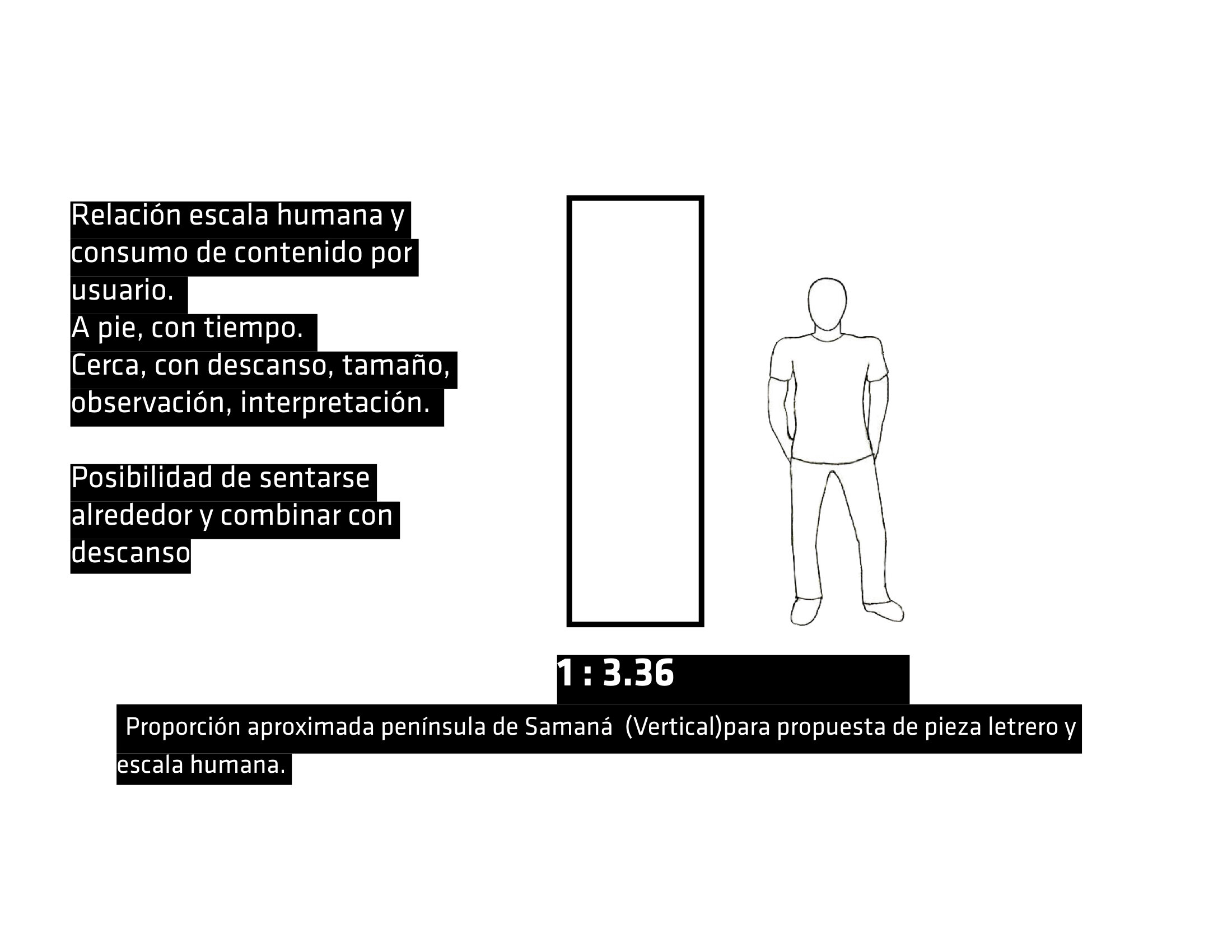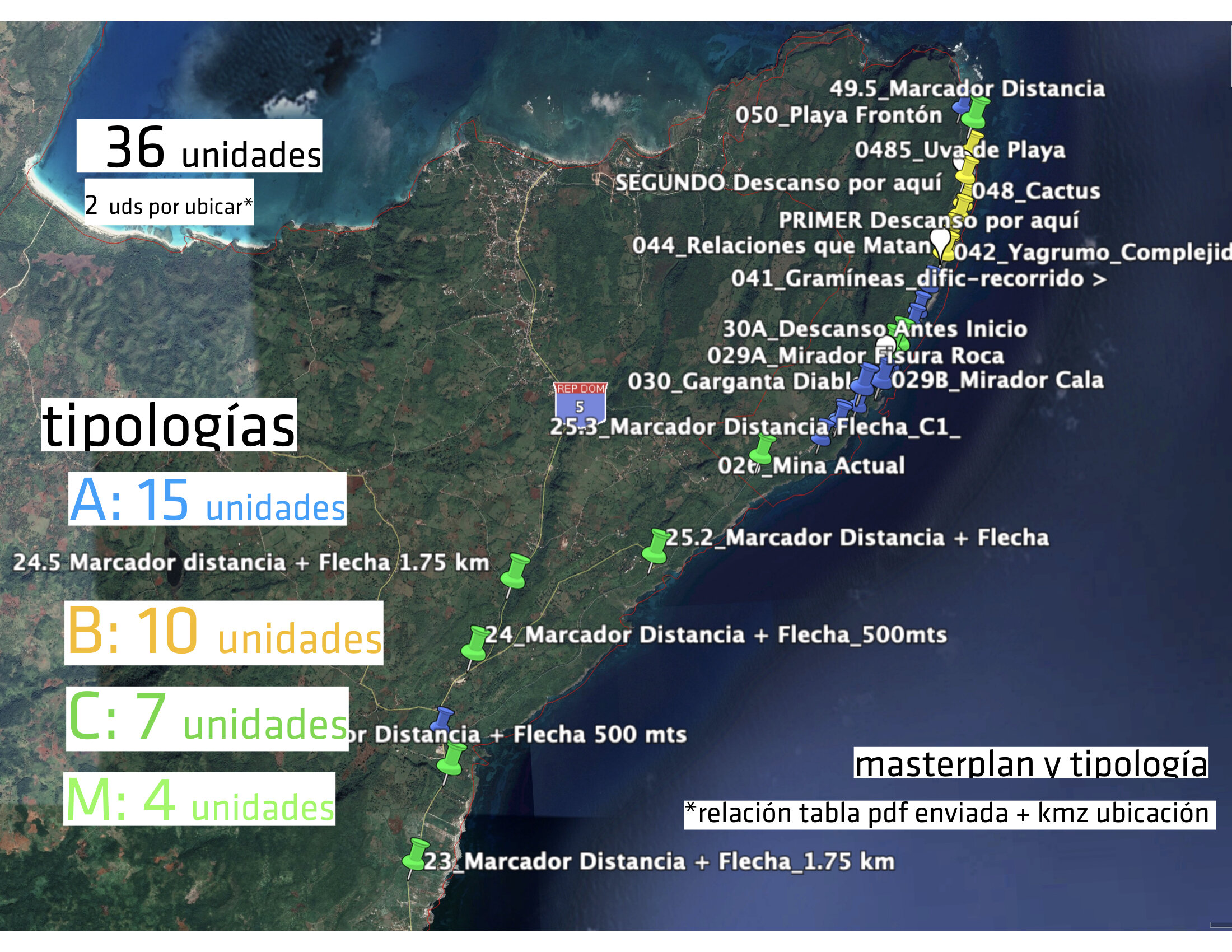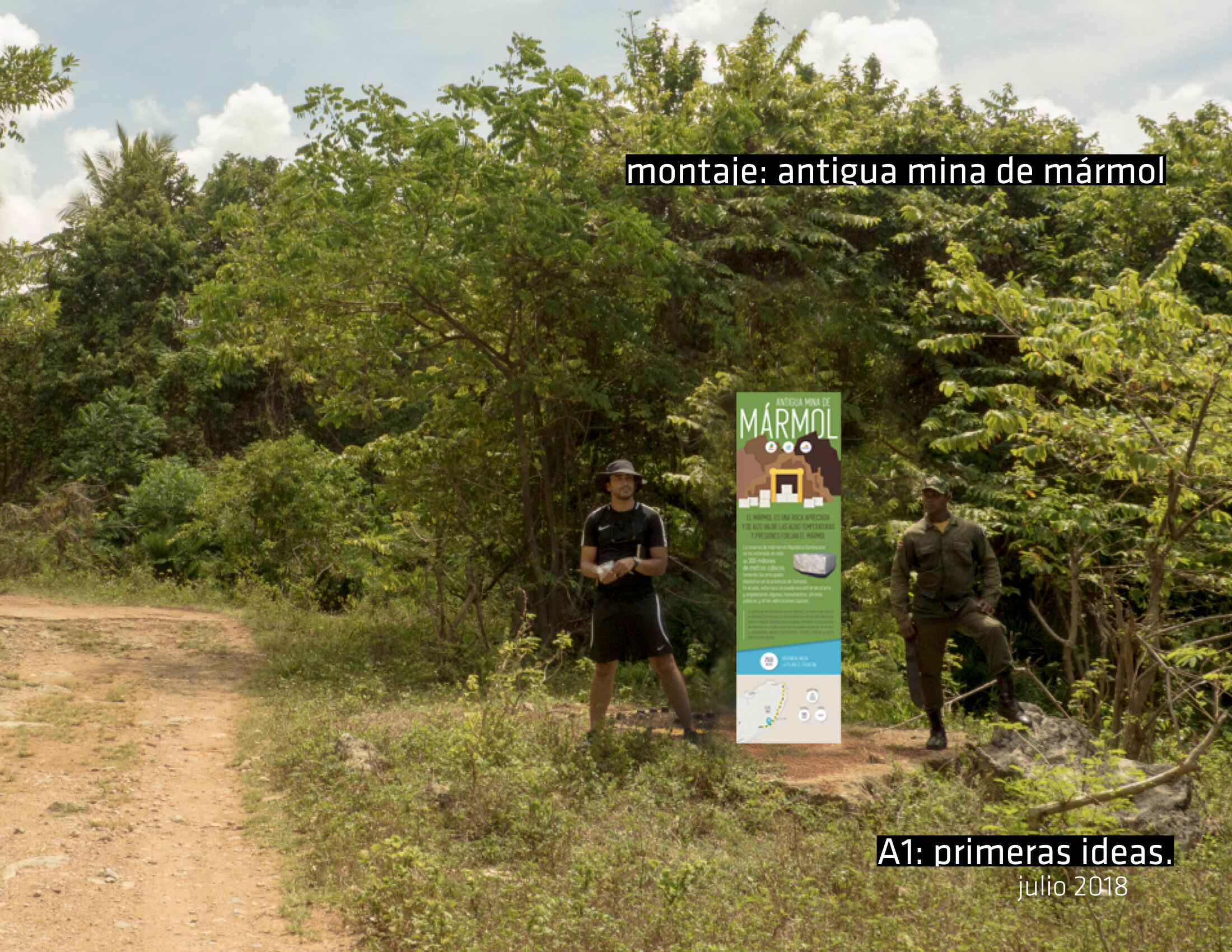Analysis of the erosive effects of palms (Cocos nucifera L.) in the beach-dune systems of the Dominican Republic. This study examines the impact of coconut (Cocos nucifera L.) distribution on the beaches of the Dominican Republic and its relationship with coastal erosion and beach-dune system dynamics.A total of 31 beach-dune systems were compared using 17 qualitative variables to assess the influence of palm trees planted for agricultural or touristic purposes on beach morphology, anthropic occupation, and dynamics. The results indicate that beaches with palm trees planted for touristic purposes exhibit higher compaction, slumping, and erosion, as well as lower resilience in the beach-dune system. These beaches also have a higher presence of tourist complexes, mechanical cleaning, and removal of vegetal debris, which contributes to the alteration of the beach profile and native vegetation. Palm trees can also act as wave flow accelerators, exacerbating sediment loss and increasing the risk of the palms themselves falling, which entails personal risks. It is concluded that the removal of coconut palms and comprehensive beach restoration, including the recovery of dune fronts and associated vegetation, are necessary actions to improve the stability and dynamics of Dominican coasts. Furthermore, the importance of developing planning and management strategies that promote the conservation and restoration of beach-dune systems in touristic and agricultural areas is suggested.
Key words: beach, Caribbean, palm tres (Cocos nucifera L.), erosion.





































































































































































































